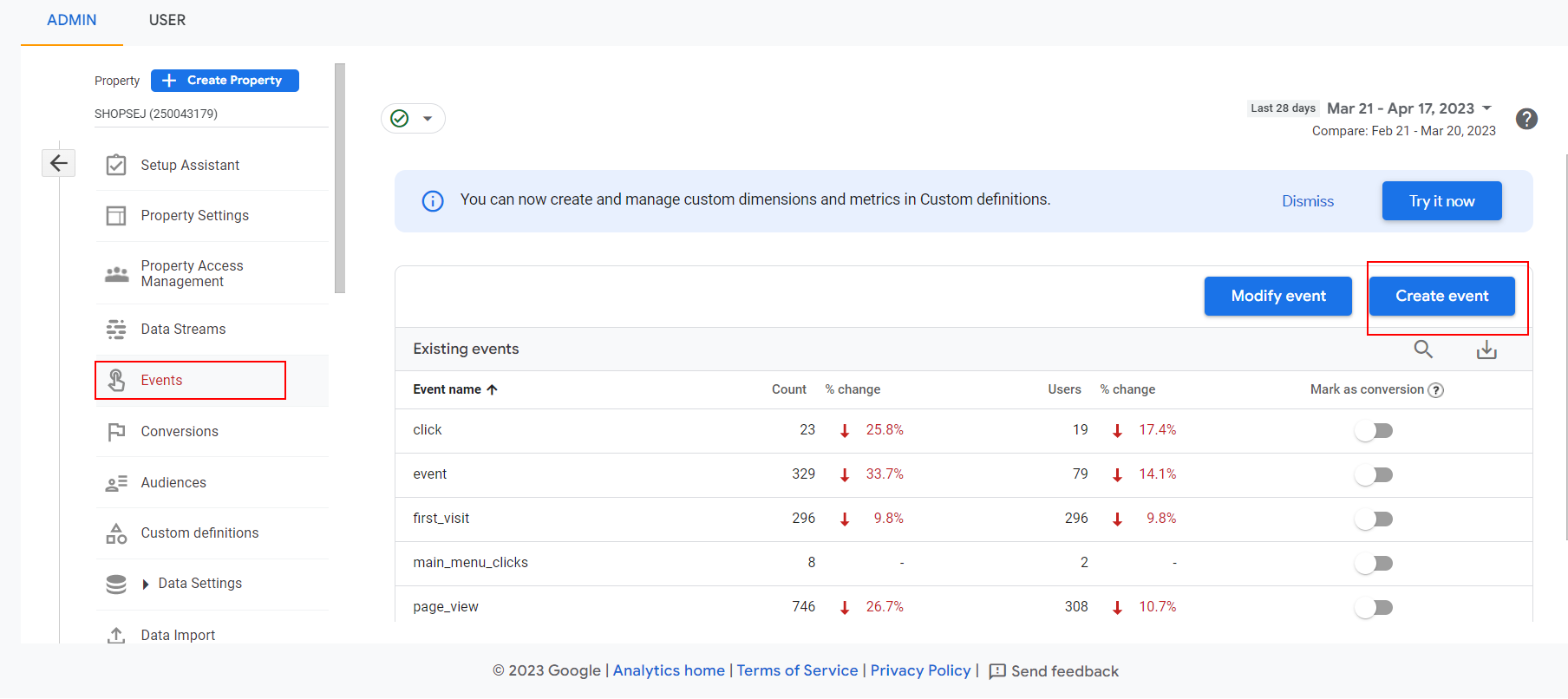Google Analytics Event Tracking Fundamentals Explained
Table of ContentsThe smart Trick of Google Analytics Event Tracking That Nobody is DiscussingGoogle Analytics Event Tracking Things To Know Before You BuyGoogle Analytics Event Tracking Can Be Fun For AnyoneThe Best Guide To Google Analytics Event TrackingEverything about Google Analytics Event TrackingGoogle Analytics Event Tracking Things To Know Before You Get This
If you're mosting likely to establish event tracking by hand, after that you're going to need to include some added code to the aspects you intend to collect information from. The code you're going to work with will certainly look something like this: There are 4 elements within that code snippet that you're mosting likely to require to define yourself: occasion, Category, event, Activity, event, Label and event, Value.
As you can see, 2 of these are called for (classification and action) while tag and value are optional. All of it relies on the sort of information you want passed on back to Google Analytics when a user clicks on the defined aspect (Google Analytics Event Tracking). It will certainly be much simpler to specify these parts if you evaluate your website and make a decision which elements/actions you intend to track
What Does Google Analytics Event Tracking Do?
Now, you'll be asked to define the and and you'll desire to pick from the drop-down food selection that shows up when you click. This will certainly raise the very same occasion monitoring parts we considered earlier, which you'll require to complete. Once you've defined these, you can relocate to the 2nd box and choose the trigger that will terminate your tag.
On the next screen, you'll also have an area for calling your trigger and, if you click the box, you'll see a list of the various triggers you can pick. In this situation, we wish to select and afterwards pick the choice below. You'll set the trigger to just terminate when a component is clicked with a Link that includes the.
Simple - Occasion tracking! Event monitoring gives you a photo of just how individuals involve with your web site and service. Review on as we explore whatever you need to know, including what it is, why you must track occasions, how to handle events data, and various other relevant FAQs you may have.
5 Easy Facts About Google Analytics Event Tracking Described
You can switch over in between your event categories, actions, and labels in the Top Events report. This record is important for excavating additionally right into research study on a certain occasion classification. The Occasion Pages report shows the pages where events are triggered. In this section, we can examine the top web pages that drive occasions.
Events in Google Analytics have four primary components. Google Analytics makes use of these codes to track customer communications and group them right into occasion records (Google Analytics Event Tracking).
A checklist of the parameters you can track on your internet site is on the. After checking all essential fields, you can click "X" to close the window and return to the Review menu on the.
What Does Google Analytics Event Tracking Mean?

If you have not done so, you may need to establish up a variable in the Google Analytics Setups box. After this, enter your GA tracking ID in the Monitoring ID field.
Your ID will certainly get on top of the screen. To do this, comply with the following collection of activities: After setting up the areas, choose the "Triggering" area. When configuring your brand-new trigger, click the "+" switch, then the "pencil" button, after that pick your trigger kind. Label your trigger and specify the conditions that cause cause shooting.
5 Simple Techniques For Google Analytics Event Tracking

When it familiarizes which areas and aspects are guiding clients through your conversion channel, you still won't understand. So, without event monitoring, GA reports will just count check outs as single-page sessions, even if individuals invest a great deal of time on one web page and engage with it significantly (and a bounce).
But exactly how does occasion tracking achieve this?Single-page sessions referred to as bounces begin and end on the same page. Without other occasion monitoring, additional resources GA will classify an individual's check out as a bounce if they do not browse to an additional web page, regardless of how they communicate with it. For instance, a video-rich web page can have a greater bounce price if occasions are not tracked.
How Google Analytics Event Tracking can Save You Time, Stress, and Money.
Nonetheless, for GA to take event hits right into account when measuring bounce prices, you should select "Non-interaction occasion" as "False" during the GTM setup. Setting "event goals" with event activity is a superb method to monitor user tasks you worth extremely, such as new lead submissions or clicks on a contact us to activity.